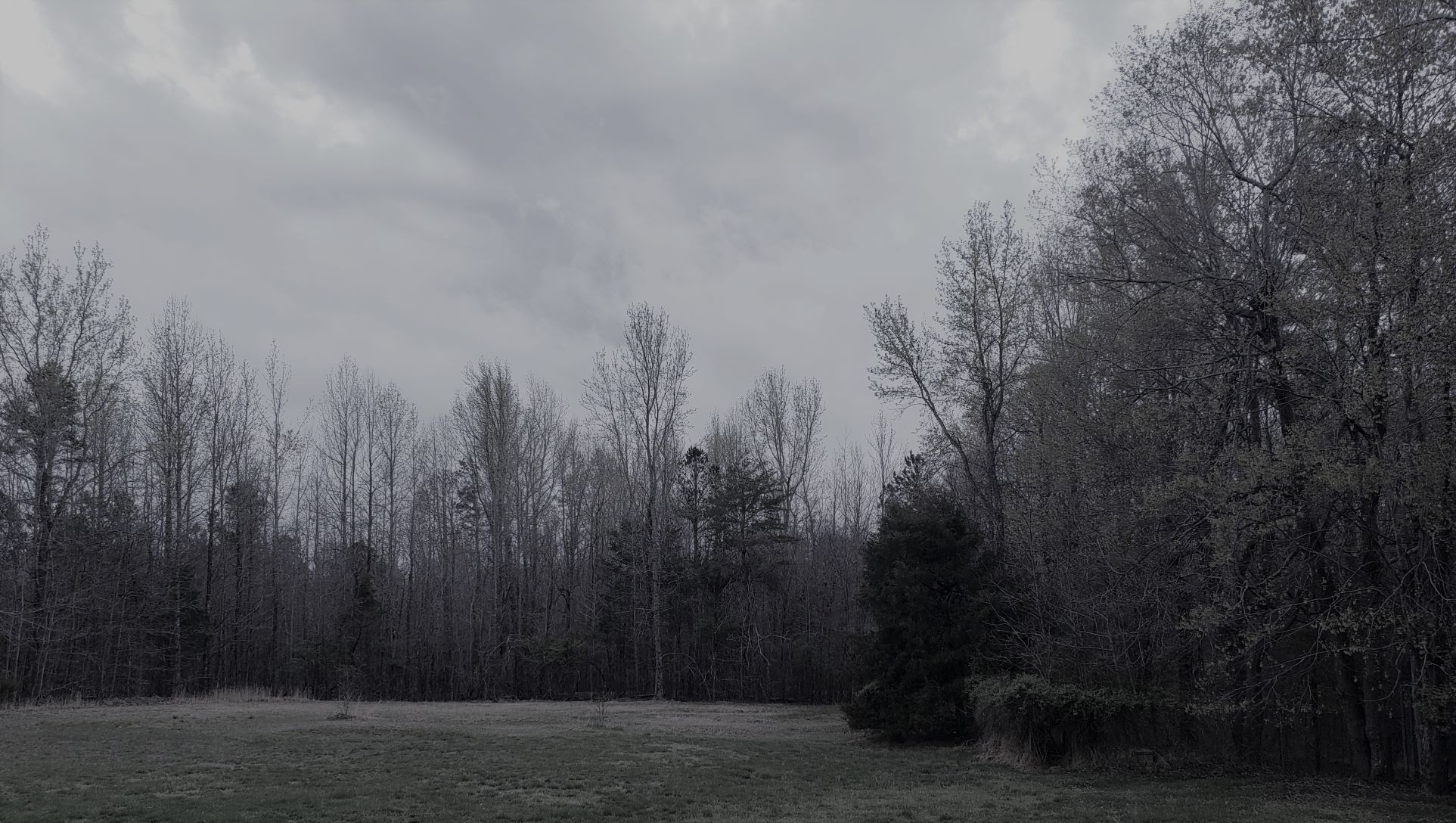In the charcoal dawn, rain pelted the window beside my desk, a steady clack, clack, clack of droplets against the panes of glass. I glanced up and saw the pine trees that encircle the house dancing with the wind, their branches bobbing and gyrating while water seeped into the earth at their roots . . . and I thought: Hey, I have a writing assignment perfect for today! It’s even called “The Pines!”
Admittedly, I want to write a horror novel which incorporates both this and another longer story with similar imagery and themes. Even though snippets of stories spirit around my mind, I still cannot find the the central narrative arc. Hopefully, I’ll tease it out in the next few months, but in the meantime, I think the writing exercise itself is helpful. The goal with the prompt is to force you, as the writer, to slow down and think about all the details of a scene and use the setting to evoke a response from your reader.

Many books I enjoyed over the years followed a certain format: “And then they went over there, but something happened, and now they have to run over here. Oh, no, another thing happened, and now they have to run to another place!” I’m not judging, y’all. There’s nothing wrong with those kind of books. I was a huge Janet Evanovich fan (okay, I still pick up the odd book at the library book sale), and she’s the queen of plot-driven, entertaining fluff. Nevertheless, I am intrigued by writing something which encourages the reader to saturate herself in the details without pressing her to move forward quickly.
For those of you playing along at home, here’s the prompt:
I would like you to write what I call a slow motion moment. Write 300-700 words describing an action that takes ten seconds of real time. You may write it from either the first person (I) or the third person (he/she/it/they). No interior monologue is allowed. That means we don’t get to hear what a character is thinking (if a character is indeed present). We can only see what he or she is doing or seeing. It’s important that you stick to only about ten seconds of real time. Jump right into the description with your first line. Do not provide context or describe other events that happened before or after these ten seconds. Remember, you may not allow the character to remember past events, to wonder what is happening elsewhere, or to ruminate in any way. Basically, you are describing only the concrete, material details of the event. . . . Some events – like car accidents – do seem to occur in slow motion. Often they are momentous. But they do not have to be as dramatic as a car crash – take for example, the first glimpse of the person you would someday marry.
Amity Gage – Wesleyan Craft of Setting Course on Coursera

The Pines
The moonlight broke through the thick canopy in patches, slicing soft slivers of illumination through the suffocating darkness surrounding the child. He pulled his arms in tightly to his body and pressed his short legs forward through the knotty underbrush as his muscles sizzled with pain and salty rivers of sweat raced downward from his sandy blond hair to his dirt encrusted neck and wiry body. His aim was always for the light as he zigzagged through the forest, too frightened to feel the serrated evergreen needles and bare branches catching his tender skin and tearing at it greedily, wanting to hold him in the heavy blackness of the shadows.
A jagged stone jutted from the earth and caught the tip of his neon green sneaker, snaring his left leg as his weightless body propelled through the stagnant air. His hands sprawled in front of him, and he braced for the inevitable fall. When the child thudded to the unforgiving ground, his palms skidded across the ragged tree roots and small exposed rocks, sloughing off the skin of his palms and chin. His uneven teeth crushed his tongue and lips, and he tried to scream in pain but only managed to cough as the air whooshed outward, spraying the mossy floor in a fine mist of spit and blood.
Suffering radiated upward from his swelling foot, and the child shook with fear and surging adrenaline as he forced through the aching overtaking his body and steadied himself to rise. High-pitched laughter echoed around him, ricocheting off the trees and terrorizing him. They called to him, giggling with delight as he held his ribs and forced his searing lungs to intake breath. Twigs cracked, and he could hear the pines bending and moving, letting them glide effortlessly toward him. Hot tears streamed down his fat, freckled cheeks, and he pleaded with his legs to move, no longer running but hobbling, dragging his broken foot behind him while pressing his abraded palms into the craggy barks of the trees. He strained and panted as he took another excruciating step. He had to keep going. He was in the darkness and had to reach the next patch of light.

Leave a Reply